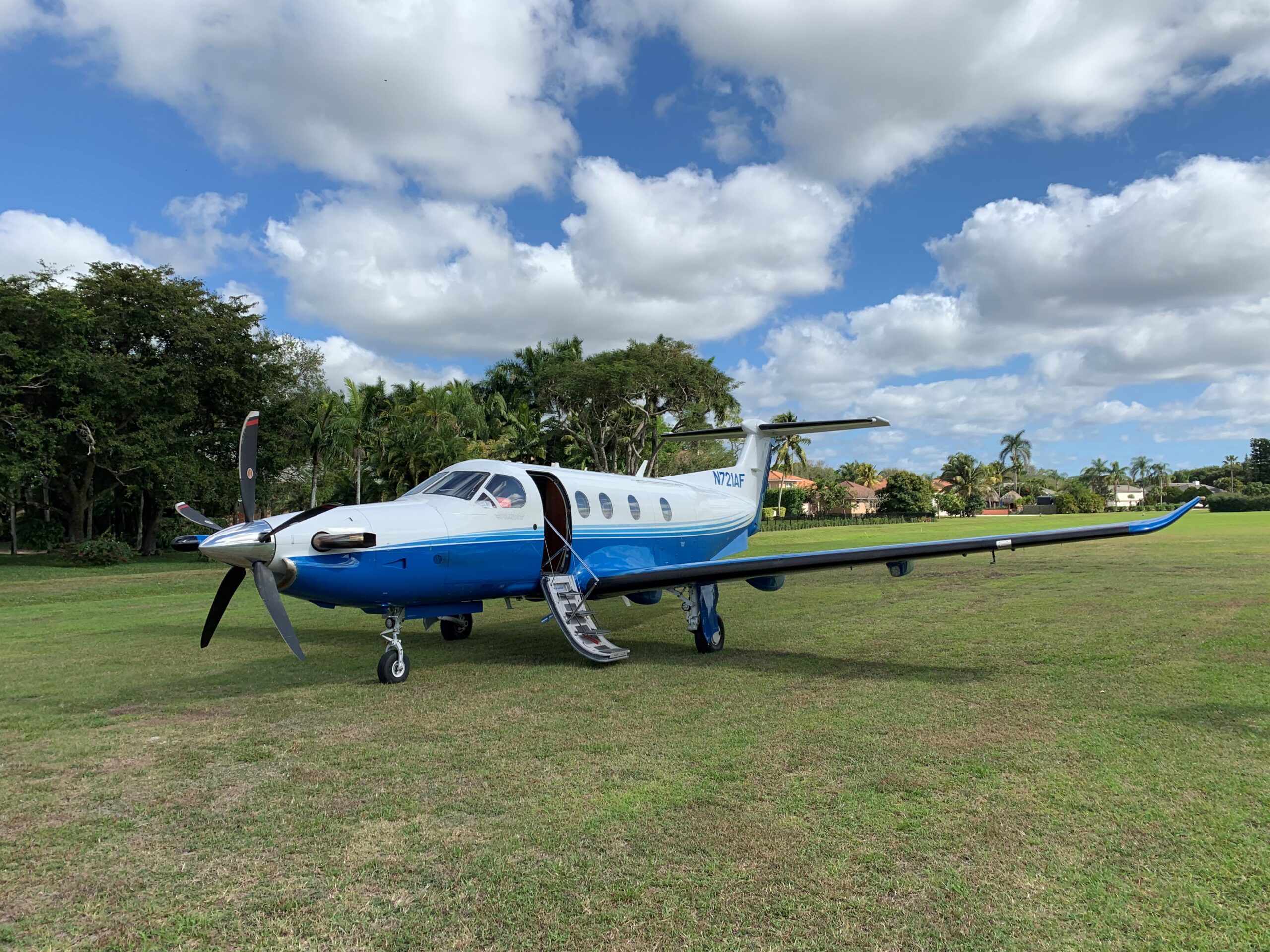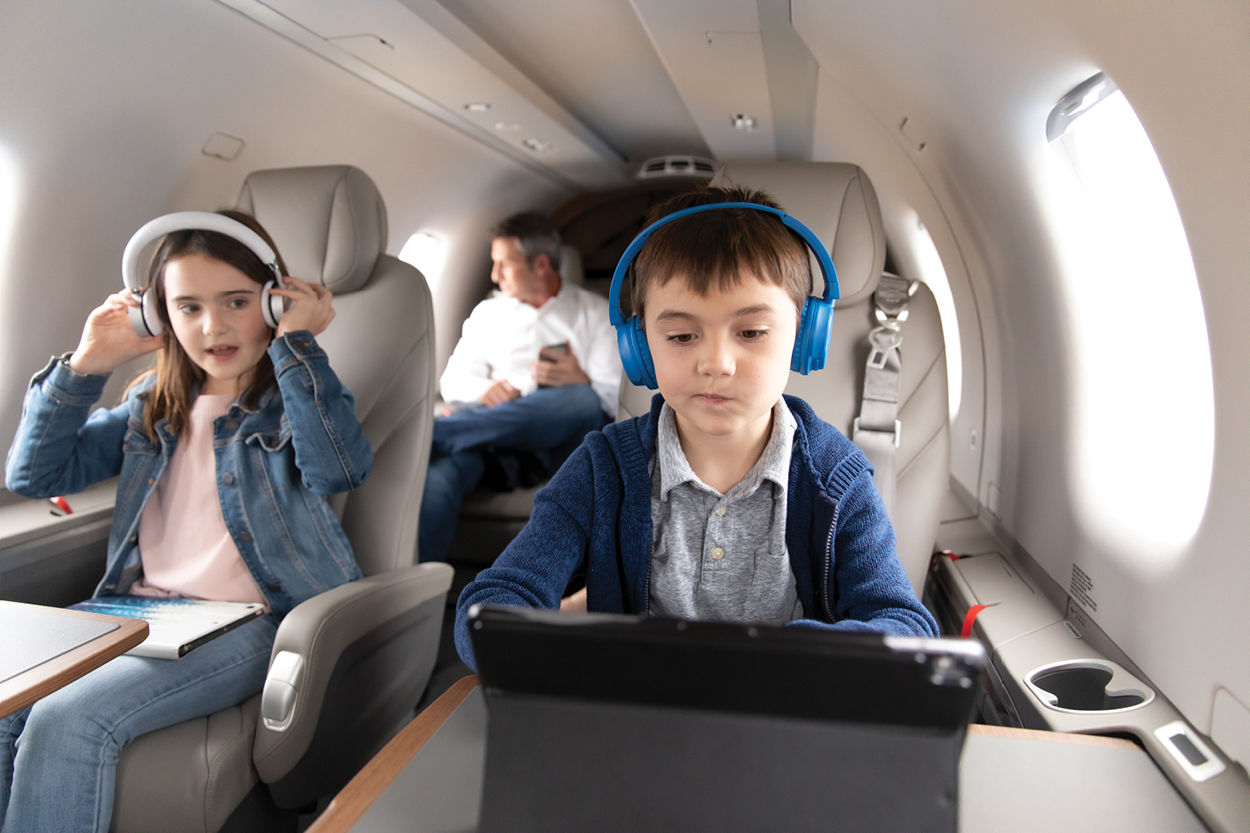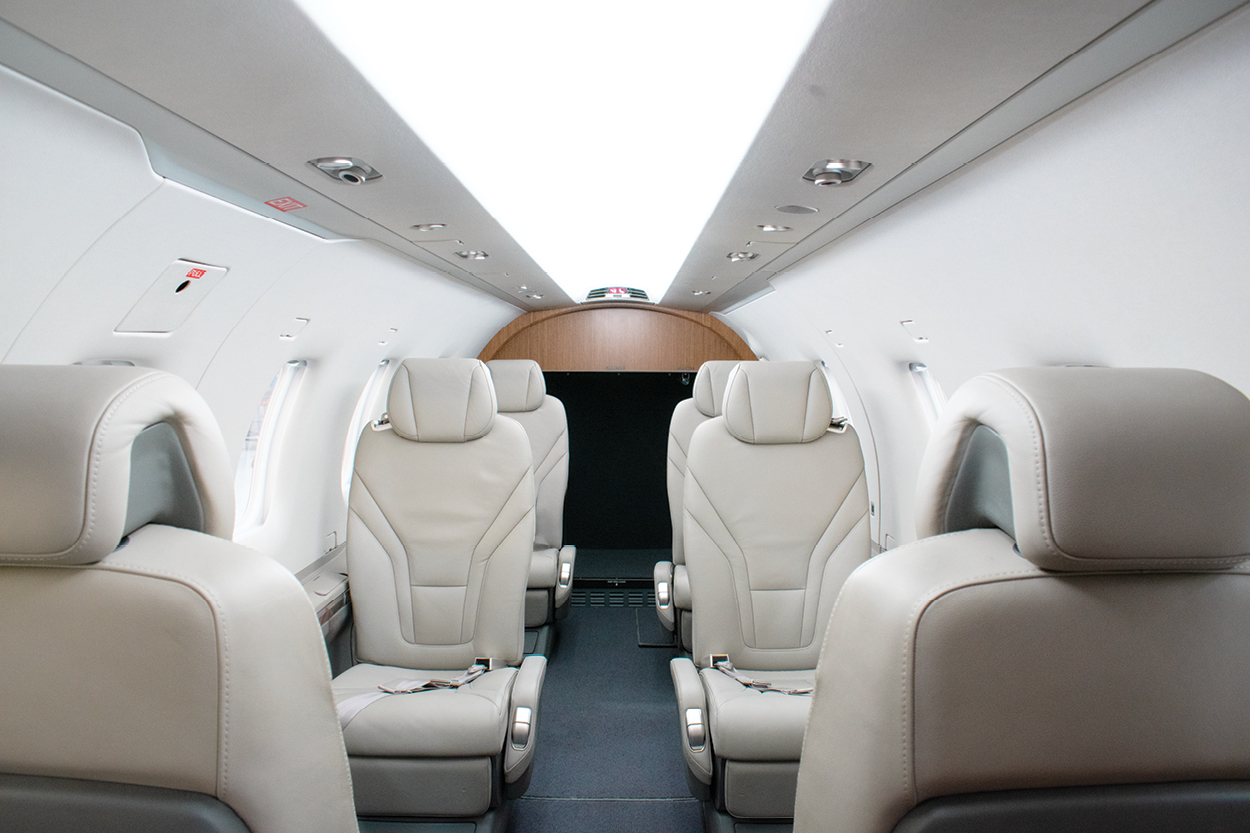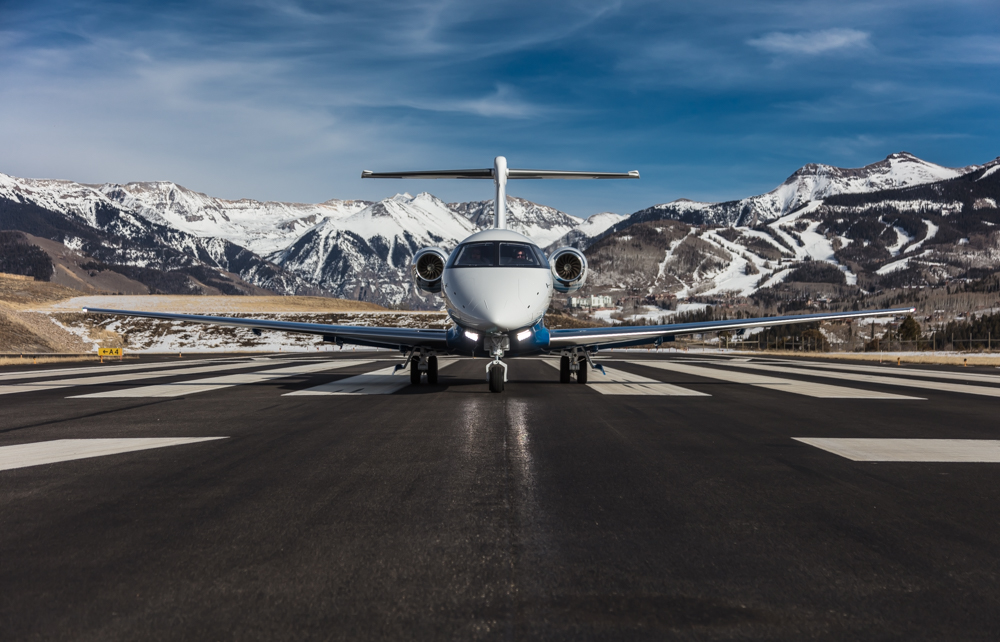
A GUIDE TO THE PLANESENSE FRACTIONAL PROGRAM
Understanding Fractional Aircraft Ownership
Answering your questions about fractional aircraft ownership and the number of benefits it possesses over other options, including ownership and charter.
The Freedom of Ownership Without The Hassle
Aircraft ownership appeals to many flyers because it affords them freedom from commercial travel, giving them the ability to leave whenever they want without consulting a restrictive airline schedule. Owning an entire aircraft takes time, money, and knowledge. You need to handle maintenance, storage, insurance, and hiring staff.
Amid a backdrop of personal and business flight options like ride sharing, jet cards, membership programs, and aircraft charter, the fractional aircraft ownership model is becoming increasingly popular. Through the strategic structure of fractional programs, share owners enjoy the benefits of sharing both the costs and responsibilities of aircraft ownership in an arrangement with a seasoned fractional company. Contact us to learn more about aircraft fractional ownership opportunities.

1. The Fractional Ownership Model
How Fractional Aircraft Ownership Works
Fractional ownership programs are essentially an extension of co-ownership where multiple aircraft are available to multiple owners because of the Dry-Lease Aircraft Exchange Agreement. Most fractional arrangements have an equitable system of shared use and expense set in place by an aircraft management agreement that details payment, costs, maintenance, scheduling, training, and more.
Our National Service Area And Beyond
Shares are typically sold in multiples of 1/16th. The agreed-upon total number of hours available per plane is divided among all fractional owners in proportion to the shares bought. A share of 1/16th may afford between 50 and 70 occupied hours of fractional flight per year.
A Primary Operating Area (POA) outlines the area in which owners can travel without incurring additional costs. Outside of the POA, some cost may be applicable.
In the PlaneSense® fractional program aircraft, availability is guaranteed with as little as eight hours prior notice. During peak periods such as popular holidays and travel dates, notice given more than eight hours prior may be necessary.

Part 91 Subpart K Federal Aviation Regulations
FAA regulations governing fractional ownership programs require share owners to sign an initial “multi-year” aircraft management agreement. The longer the term, the lower the effective “all-in” hourly cost because the purchase price is amortized over a longer period of use. To obtain a Part 135 certificate, operators must meet several stringent requirements set out by the FAA. These requirements are in place to ensure that Part 135 operations are conducted safely and in accordance with the highest standards.
Exit policies vary from program to program. Since a key benefit of fractional aircraft ownership is the liquidity of your investment, it is important that the fractional program manager have a stable and long history in the industry.
2. Reasons to Fly Fractional
Around-the-clock Customer Service
As the most efficient and productive option, private aviation provides time saving benefits to individuals and businesses. Along with the freedom to control your own itinerary, fractional aircraft ownership presents other advantages that extend far beyond efficiency including:
- Guaranteed access and availability with eight hours notice
- Support and expertise of a fractional aircraft program manager
- Access to over 5,000 airports in the United States
- Avoid air and ground traffic at metropolitan airports
- Arrive as close as possible to final destination
- Fixed Base Operator (FBO) offers high quality service, comfort, and amenities
- Around-the-clock customer service
- Fly in style
Benefits of Aircraft Ownership
Skip The Long Airport Lines
Previous and current fractional owners consider the following to be the most noteworthy benefits of private aviation:
- Fly on your own schedule
- Consistent and reliable service and comfort
- Familiarity with pilots and other personnel
- High quality appearance and maintenance
- Simple and efficient airport access and boarding procedures
- Privacy of aircraft for conferences calls, brainstorming sessions, family time, or quiet time
- Cost efficiency
3. Fractional Program Cost Structure
Purchasing Fractional Pilatus Aircraft Shares
Just like whole aircraft ownership, you must first purchase an interest in an airplane to participate in the fractional program. This will give you access to an entire fleet on an as-needed basis, ultimately increasing availability.

Full Service Aircraft Management
Fractional ownership programs are designed so that management responsibilities are taken care of by the fractional program manager. Relying on the expertise of a program manager means maximum safety and minimum concern for you.
Fractional programs charge a monthly management fee to cover the fixed costs associated with aircraft management such as:
- Compensation
- Pilot training
- Insurance
- Aircraft storage
- Periodic (calendar-based) inspection and maintenance
- Regular refurbishment
- Administration

Transparent Flight Costs
Fractional programs generally charge a separate fee for the actual use of the fractional share on an hourly basis, referred to as the “Hourly Rate Charge” or “Occupied Hourly Charge.” The details of this cost are typically addressed in the aircraft management agreement.
When comparing fractional programs, it’s important to evaluate what other costs or fees might be charged when the fractional share is flown, such as landing and ramp fees, catering, fuel, positioning charges, taxes, deicing, etc.
4. Formal Agreements
Speak To A Tax Professional About Possible Depreciation Benefits
The language of formal agreements can get tricky. That’s why we created these descriptions for easy reference:
- Purchase Agreement – the purchase and sales contract through which the share is acquired from the fractional program provider.
- Owner Agreement – a contract among the owners of each of the factional program aircraft, which establishes the rights and obligations of all owners with regard to the use of the aircraft.
- Dry Lease Aircraft Exchange Agreement – a form of lease among all of the fractional aircraft owners in a program giving each the right to the use of the others’ aircraft.
- Aircraft Management Agreement – a contract between an aircraft fractional owner and the fractional program manager which governs how the program manager coordinates the use of the aircraft by the fractional program aircraft owners. The costs, geographical limitations—if any—and the administrative and aviation support services provided by the program manager are detailed in the aircraft management agreement.

What to Look For in Private Aviation Providers
30 Years of Private Flying Experience
Keep in mind that a stable and reliable fractional aircraft program is supported by a substantial infrastructure that includes sufficient aircraft storage and maintenance facilities, adequate flight crews and maintenance personnel, pilot training, flight planning resources, well-trained customer service representatives, and comprehensive safety program and quality control functions. For a full list of questions to help guide you in the evaluation and selection process of an aviation provider, you can download our whitepaper here.
Fractional ownership is a convenient way to enjoy the benefits of private, recreational, and business aviation while minimizing the resulting high costs of whole aircraft ownership or charter.
PlaneSense Fractional Owners Choose Us Time And Time Again
Fractional aircraft share programs are long-lasting relationships. Make sure your provider is a leader in the field and has demonstrated a dedication to safety and service. Choose the provider that best suits your individual flying needs. Fractional aircraft ownership should reach far beyond the accessibility of convenient travel and exceed expectations in every way imaginable, on every single flight.

